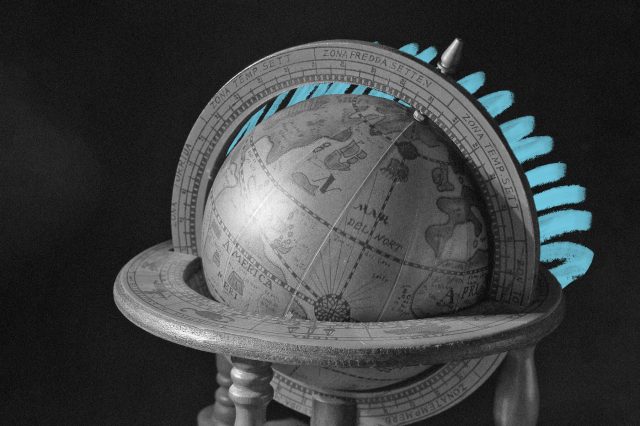 |
Earth didn't always have an ocean. |
Science & Industry |
 |
| |
| Scientific opinion is mixed about how the vaporized water got there in the first place. One theory is that the first water emerged from inside the Earth as part of the volcanic activity that covered the surface. Another is that icy comets hit the Earth, bringing water with them. Water also may have arrived as part of the massive planetary collision that created the moon — or maybe it was a combination of all three. Today, our planet is in the perfect zone for water solids, liquid, and gas to form: A little closer to the sun and all we'd have is vapor, whereas a little farther away there would be no vapor at all. | |
 | |
 | |||
| |||
Sleep Soundly Tonight With a Vivint Home Security System Protecting You | |||
| Thank you for supporting our sponsors! They help us keep History Facts free. |
 | |||||||||
By the Numbers | |||||||||
| |||||||||
| |||||||||
 | |||||||||
| |||||||||
There were multiple continents before Pangea. | |||||||||
| The seven continents that make up the land on Earth today — Asia, Africa, North America, South America, Antarctica, Europe, and Australia (or Oceania) — were once all part of a supercontinent called Pangea, which split up around 200 million years ago. But before Pangea, there were separate landmasses: Gondwana, which contained South America, India, Africa, Australia, and Antarctica; Euramerica or Laurussia, which contained North America and Europe; and Siberia. These all collided between 250 million and 300 million years ago to create the supercontinent. | |||||||||
 | |||
Recommended Reading | |||
 | |||
| | |||
 | |||
| | |||
| + Load more | |||
| |||||||||
| 700 N Colorado Blvd, #513, Denver, CO 80206 | |||||||||






No comments:
Post a Comment